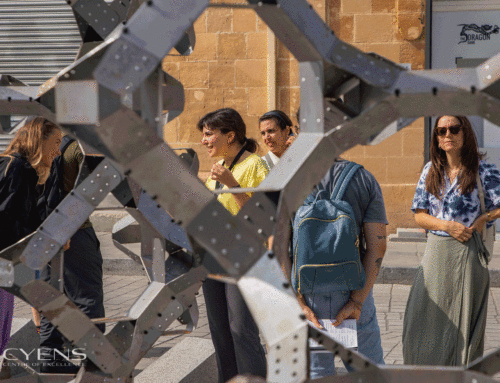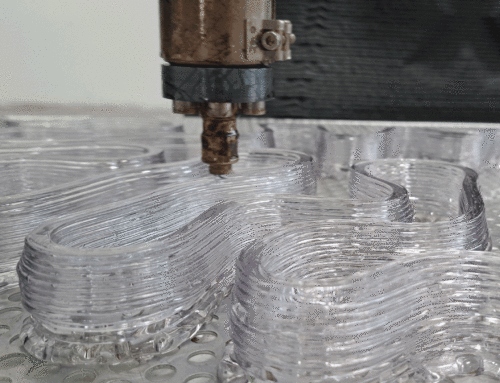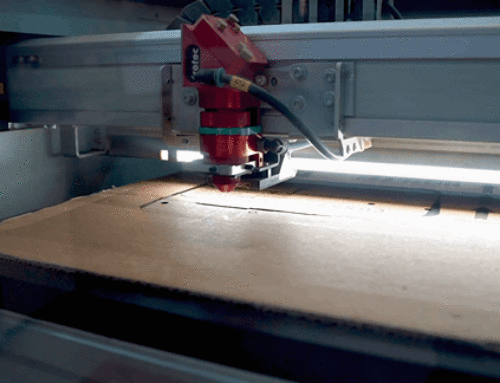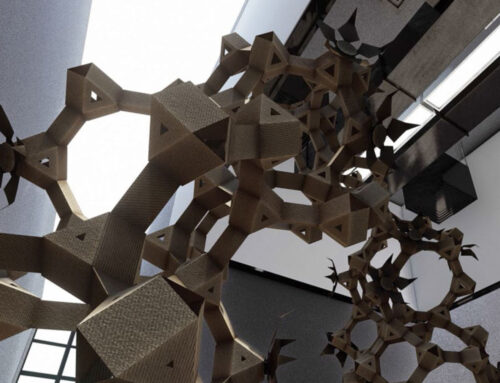In FALL 2019, the University of Nicosia Department of Architecture began offering the MSc Computational Design and Digital Fabrication (https://www.arc.unic.ac.cy/computationaldesign/) in collaboration with the University of Innsbruck, Institute for Experimental Architecture Hochbau (https://www.exparch.at/) in Austria.
The programme aims at exploring the relationship between computational tools and architecture, in an effort to attain a new insight into the relationship between design intent and built form. The participants have the opportunity to develop computational design skills and acquire hands-on cutting-edge fabrication experiences, while cultivating analytical and creative thinking on the applications of computation in design.
This prototype (X-MAX) was created as a project by the students of the program and donated to the Municipality of Nicosia. More details about the design and fabrication approach can be found below.
The curriculum of the MSc programme is uniquely structured to combine distance learning education with face-to-face learning. Each Academic Semester concludes with a digital fabrication workshop were participants are invited to visit University of Nicosia F-Lab and University of Innsbruck, Robotic Lab (REXLAB) respectively to participate in an intensive two-week workshop with a thematic that changes every year depending on the overall programme brief, interests of faculty and visiting specialists. These intensive courses add flexibility to the curriculum, encourage the development of a hands-on collaborative culture and provide a productive close to the semester. With these workshops in place, the faculty are able to respond to newly developing research or design practices offering motivating and exciting opportunities to the students. A series of parallel events such as visits, discussions, lectures and presentations frame the workshops to enrich the energetic atmosphere and to maximize educational benefits.
The first ever workshop hosted under the programme was held during FALL2019 and was titled testSTEEL8. The focus was on 3D tessellations using sheet metal forming. High-end Industrial CNC Bending and LaserCutting equipment was employed towards digitally fabricating a large scale prototype structure utilizing the participant’s knowledge and skills acquired during the semester. Furthermore in an effort to promote sustainable design practices, scrap sheet metal was chosen as construction material. Computational tools and UAVs were implemented for scanning and registering leftover steel parts as to become usable for digital fabrication. Prototyping with both physical and virtual models have driven a process, of real‐time visualization of 3D tessellations, guided by a number of constraints, in order to shape design solutions and evaluate them against their performance.
The outcome was generated by populating a single, adaptable 3D component to form an efficient self-supported doubly curved structure. 190 components were developed into load-bearing modules that could be digitally fabricated out of flat sheets of material and then CNC bent in shape using variable bent angles. The modules are connected using bolts to form circular rings that can be vertically stacked and secured using the self-weight of each row. The modules are made using galvanized and mild steel of 2mm, 1.5mm and 1.0mm in thickens, and are arrayed forming an ascending pattern. The installation weighs 250 kg, its footprint ranges at 2.4m² and its height to 4m. All parts were assembled in a puzzle-like routine in 8 hours over a period of a day, by a team of ten students. The prototype was dubbed the X-MAX and it is currently hosted at Eleftherias square.













